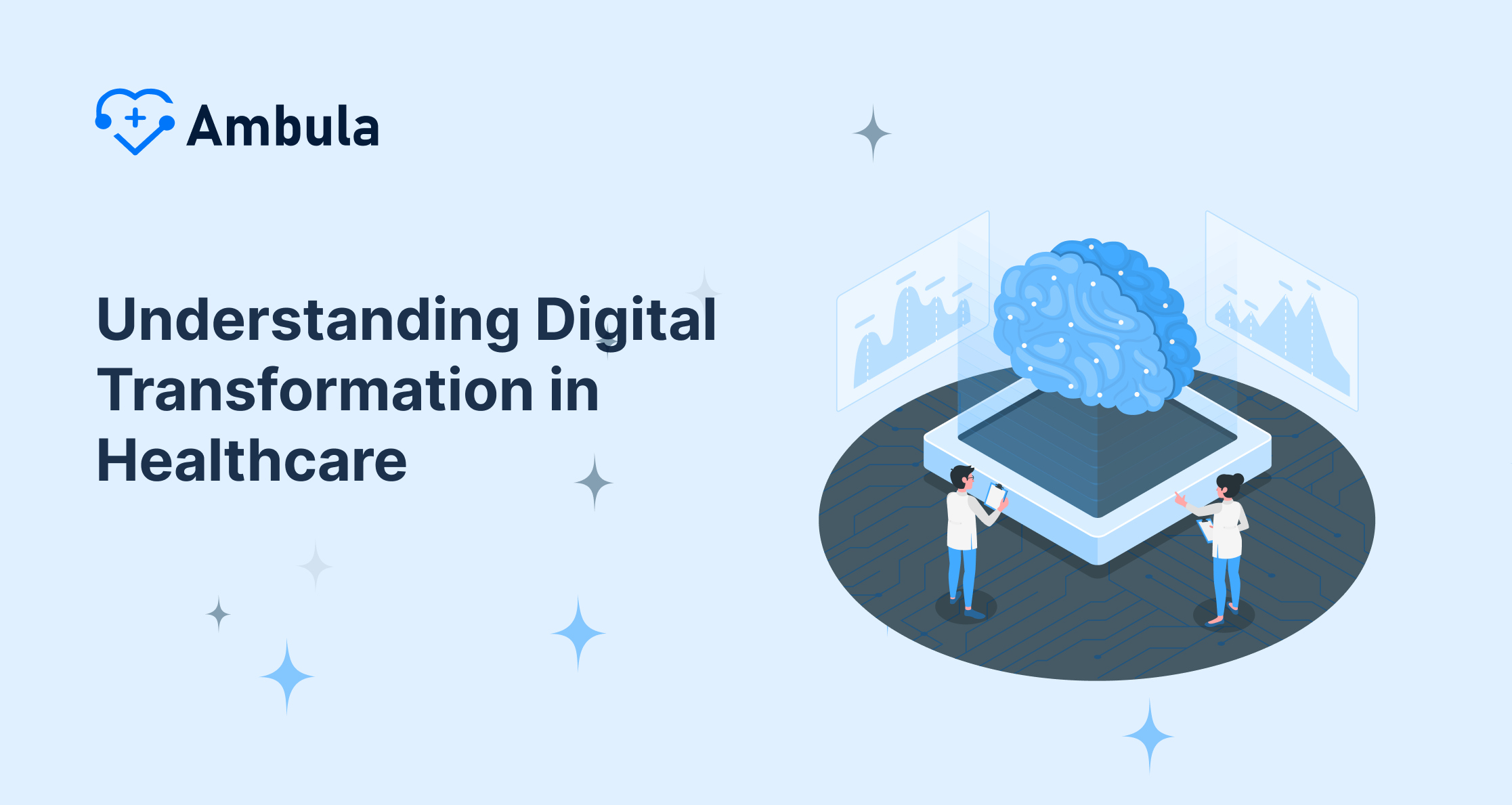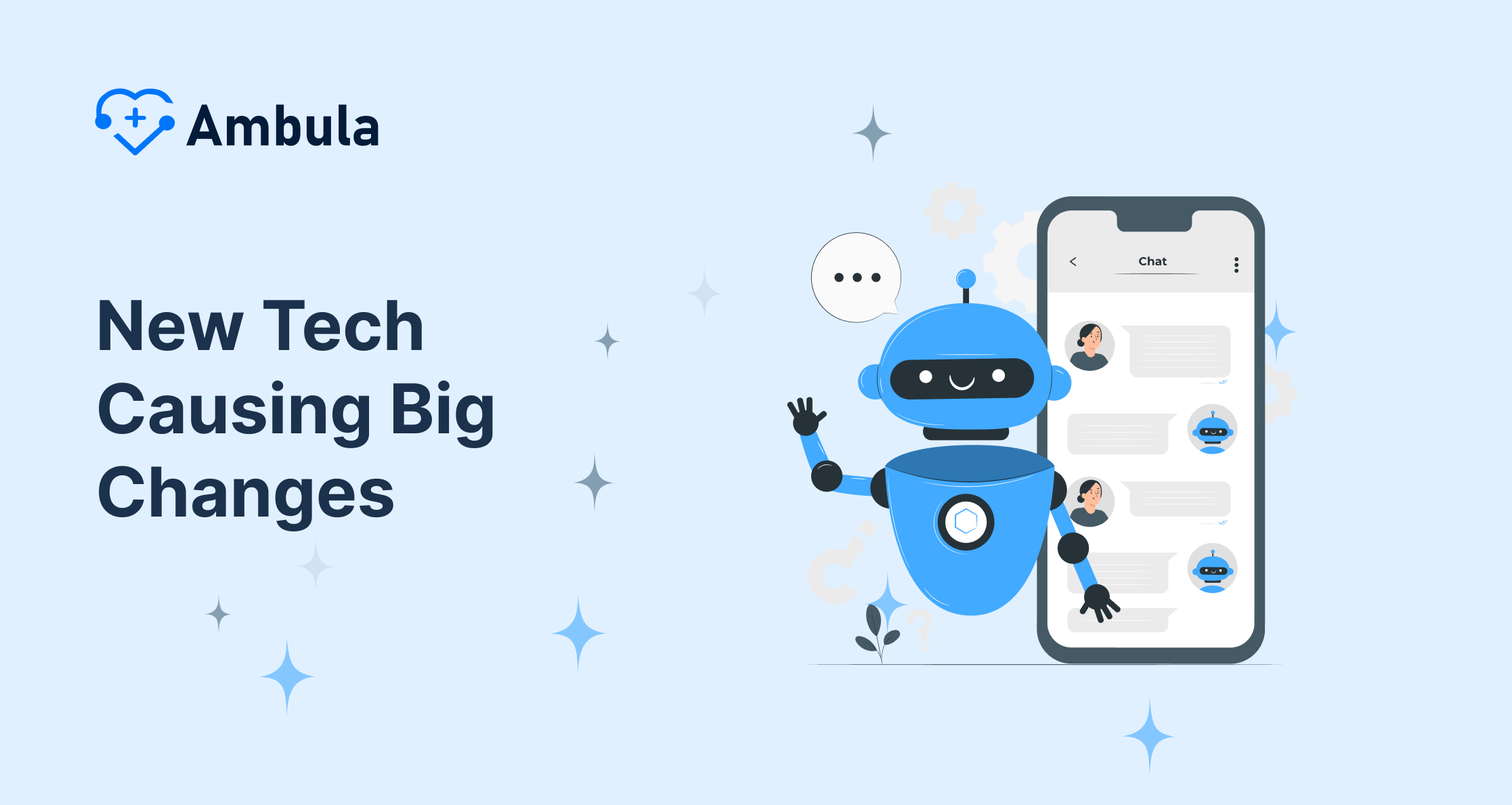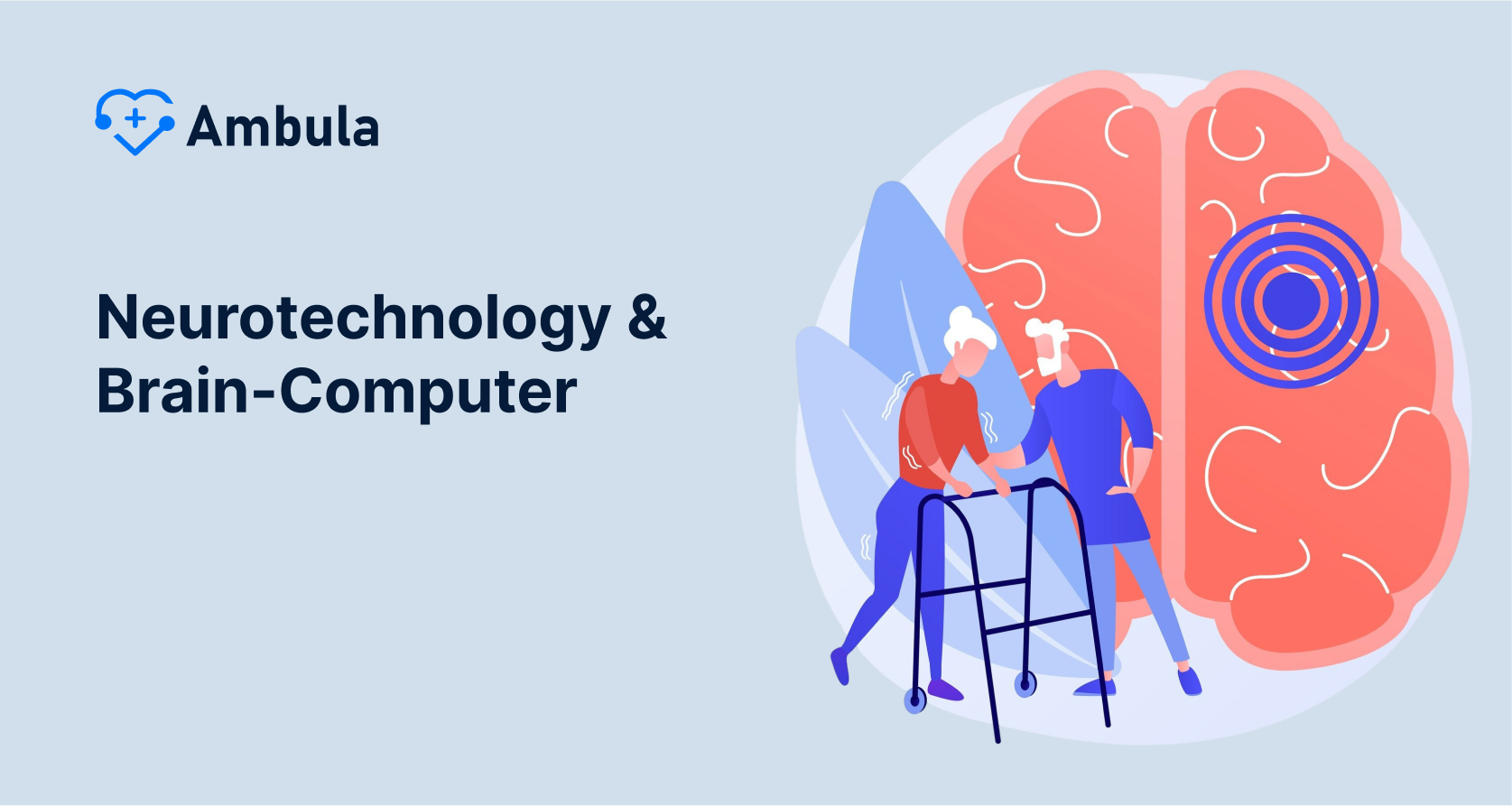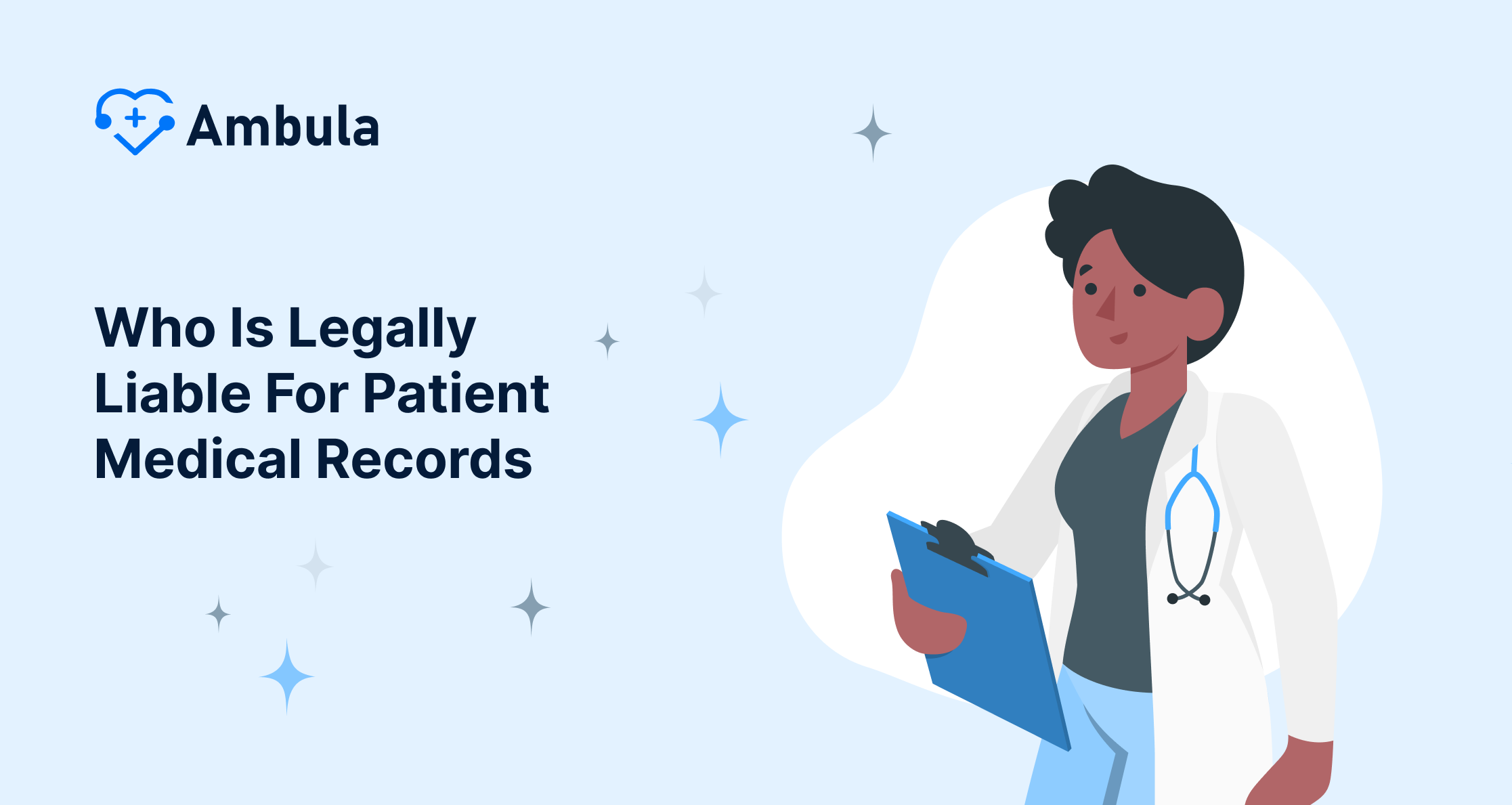In today’s world, tech keeps changing how different businesses work. Digital change in healthcare is improving how we take care of patients, run things better, and give healthcare. This change is more than just using new tech. It’s about rethinking how we plan, give, and experience healthcare. Hospitals and clinics use new digital health techs like AI remote doctor visits, personalized treatments, and computer health records. This lets them try new ways to get patients involved, develop new ideas, and create digital health systems. This change is happening at a key time. It’s lining up healthcare tech with what people need now. This shows why it’s so important to have a smart plan for making healthcare digital that puts patients first.
This article explores different aspects of digital transformation in healthcare, creating a plan for 2024. It covers key parts of digital transformation, new tech driving change, and how these advances affect patient care. It also looks at roadblocks to digital transformation in healthcare and ways to overcome them for successful rollout. From digital transformation trends in healthcare to the pros and cons of digital transformation, this piece aims to give full insights into leading digital transformation in healthcare. It offers useful guidance on new idea strategies and steps, healthcare digital plans, and how digital health tools can help create a more productive, easy-to-access, and patient-focused healthcare system.
Understanding Digital Transformation in Healthcare
Digital transformation in healthcare is causing a revolution in how we use tech to make health services better. This big change happens when we put digital tools to work. These tools help doctors take care of patients better, make things run smoother, and get better results in all parts of healthcare.
- Core Principles of Digital Transformation
Digital transformation in healthcare stems from key ideas that make sure tech has a real impact on the field. To start, it’s key to get what each healthcare group can do and what tools they have. Take Inovalon, for example. They use a ton of data from their MORE2 Registry, which pulls info from all over, to boost their number-crunching and help systems talk to each other better. This big web of connections between docs and health record systems is super important. It gives data analysis a big push making sure that going digital fits with putting patients first in care.
- Technology Makes Patient Care Better
Patient-focused care is still super important as healthcare goes digital. Tools like APIs (Application Programming Interfaces) help a lot in meeting patient needs . APIs make it easy for different health systems to talk to each other, from allergy info to full health records so all patient data is easy to get and manage. This makes things simpler for patients by cutting down on paperwork. It also means doctors can see a patient’s whole health history right away, which helps them figure out what’s wrong and treat it better.
- Infrastructure and Data Security A solid digital setup is key to making digital health tools work well. Cloud systems that can change let people share data fast and , which helps get to info right away. Also, keeping data super safe is important because it makes users trust digital systems more. Health groups need to put in place tough security rules to keep private patient info safe from possible data theft.
- Getting Value from Digital Health Info
The main point of going digital in healthcare is to give something useful to the people who use it, like patients and doctors. When doctors can see important patient info right away, it makes things work better and helps them give better care. For patients, this means they spend less time doing paperwork and more time getting care that’s just right for them. Sharing data makes all this happen.
By following these rules, health companies can deal with the tricky parts of going digital. Using cutting-edge tech like AI online doctor visits, and cloud stuff doesn’t just make hospitals run better. It also makes patients healthier by giving them care that’s just for them, quick, and easy to get.
New Tech Causing Big Changes
Artificial Intelligence (AI)
AI is changing healthcare big time. It’s making things run smoother, helping crunch numbers, guess what might be wrong, and tailor treatments just for you. AI tech is behind those chatbots and online doctor visits, making it way easier for folks to get help. The new AI that can make stuff is doing cool things with medical pictures and personalized care. It’s also taking care of boring office work, making medical scans better, helping find new drugs, and figuring out what’s wrong with people. On top of that, AI health helpers are shaking things up. They give people health tips just for them and keep an eye on long-term health issues. This means patients are more involved and can get help easier.
Internet of Things (IoT)
IoT is changing healthcare. It lets doctors keep an eye on important health signs through gadgets you can wear. These tools help with telemedicine making it easier for doctors and patients to talk and work together online. This is good for places that don’t have many doctors nearby. IoT in healthcare makes things better for patients. It allows doctors to watch over patients from far away, track health in real time, and get alerts right away if something’s wrong. This leads to care that’s more on top of things and fits each person better. Looking ahead, as IoT gets even better when mixed with AI and 5G, we can expect to see some cool new stuff. This might include figuring out health problems before they happen and coming up with treatment plans just for you.
Robotics and 3D Printing
Robots in healthcare are making patient care better with new stuff like surgery robots. These robots make operations more exact and let doctors do less invasive surgeries. They often have AI in them, which helps surgeons be more precise and make better choices. Doctors also use them to practice with AR and VR. Also, 3D printing is causing a revolution in healthcare. It lets people make and customize medical tools, fake limbs, and maybe even organs for transplants. This tech makes patient care a lot better by giving personalized solutions that cut surgery costs, make operations faster, and help patients get better results. New developments in bioprinting might allow us to make living tissues and organs. This could help with the lack of organ donors and lower the chances of the body rejecting new organs.
How Digital Transformation Changes Patient Care
Personalized Medicine
Personalized medicine, which people also call precision medicine, is changing healthcare. It matches medical treatments to each patient’s unique traits, looking at their genes, surroundings, and how they live. This way of doing things makes diagnoses more accurate, treatments work better, and patients get healthier overall. With personalized medicine, doctors can pick treatments more likely to help based on a patient’s genes. This reduces the old way of trying different treatments until one works. Also, genetic tests can spot diseases, letting doctors take action sooner and prevent problems. These tests also help avoid bad reactions to drugs by showing how a patient’s genes affect how they respond to medicine.
Telehealth Services
The telehealth market is growing super fast, and experts think it might be worth $912 billion by 2033. This is happening because more doctors and patients are starting to like telehealth. Telehealth makes things easier for patients by letting them book appointments and get healthcare from home. Interestingly, 94% of people who’ve tried telehealth want to use it again. They like using it to get new prescriptions, talk about their meds, and get test results without going to the doctor’s office. Telehealth also lets people do check-ups online, which has been shown to cut down insurance costs for urgent care by half.
Real-time Health Monitoring
The Internet of Medical Things (IoMT) and other digital techs impact how doctors keep an eye on our health non-stop. IoMT gadgets, like wearable sensors and tools, check on you from far away, gather, look at, and send health info. This lets doctors watch patients’ vital signs and other health stuff all the time. Because of this, doctors can step in faster when needed and take better care of long-term health problems. The real-time data from these devices helps spot medical issues, which makes preventive care better and lowers the chance of things going wrong. Also, digital sorting systems, like the ones skin doctors use, help use resources better and speed up how fast they can help. A big chunk of cases gets handled the first time a patient comes in.
Barriers to Implementation
Privacy worries are a big roadblock to putting digital health tech into action. When health data goes digital, it brings up big privacy issues because people’s health info is super personal and private. It’s crucial to follow rules like HIPAA, which means using strong cybersecurity coding stuff to control who gets in and check security often. Also, getting people to agree is tricky since many folks might not get what they’re saying yes to when they use these things. This makes the whole ethics side of digital health pretty messy. To sum up, keeping health data safe and making sure people understand what they’re agreeing to are major hurdles for digital health to overcome.
Healthcare workers and organizations often push back against new changes. Many doctors and nurses don’t want to use new tech for different reasons. They might worry about losing their jobs, not knowing how to use digital stuff, or not believing tech can make patient care better. This happens a lot because people like doing things by hand and get nervous about machines and new tech. To fix this, we need good plans to deal with change. We should talk to everyone involved, give them enough training and help, and show them how digital changes can really help. This is super important to get past this problem.
Combining old systems with new ones is tricky and causes lots of problems. Many hospitals still use outdated tech that doesn’t work well with new digital stuff. This leads to scattered digital tools that don’t connect and can’t give a full solution for the whole organization. Mixing old systems with new tech is hard because of technical issues moving data around and making things work together. To fix this, hospitals need to plan how to update their IT and use new digital solutions that can grow and work with other systems.
These roadblocks show that hospitals need to plan ahead, use strong security, and change their work culture to deal with the tricky parts of going digital in healthcare.
Strategies for Effective Implementation
Building a Strong Digital Infrastructure
Connect systems and data to make digital health work better. Joining different systems is key to building good digital health stuff for everyone. Take India’s Ayushman Bharat Digital Health Mission – it’s made millions of unique IDs and hooked up loads of patient records, making health data flow smoother. Also, switching from paper to computer records helps things run faster and keeps data cleaner. To have a solid digital health plan, it’s super important to link up health info systems so they can talk to each other and follow the same rules.
Training Healthcare Staff
IT in healthcare has changed how IT works in the medical world. Now, IT experts need to work more with healthcare workers. To implement IT in daily hospital tasks, doctors and nurses must help create and set up IT systems. It’s a good idea to make rules that let medical staff have a say in IT choices. Also, forming teams with different skills helps solve tricky problems where healthcare and tech meet. Plus, it’s key to have ongoing classes and training at work. This helps staff get used to new tech and ways of doing things.
Keeping Data Safe and Following Rules
Data security in healthcare is super important. Hospitals and clinics have tons of private info they need to protect. They gotta use strong cyber defenses and try to stop threats before they happen. This means using stuff like data scrambling letting certain people see certain things, and making strict rules about how to handle data. Following laws like HIPAA is a must. Healthcare places have to make sure everyone they work with, like vendors and partners, follows the same tough security rules.
References
[1] – https://www.inovalon.com/blog/core-principles-to-achieve-digital-transformation/[2] – https://brainhub.eu/library/digital-transformation-in-healthcare[3] – https://www.linkedin.com/pulse/ai-technology-healthcare-tech-trends-2024-haider-phd-mphil–pumpc[4] – https://decisiohealth.com/embracing-the-past-excited-for-the-future-the-evolution-of-technology-in-healthcare/[5] – https://www.startus-insights.com/innovators-guide/top-10-healthcare-industry-trends-innovations-in-2021/






